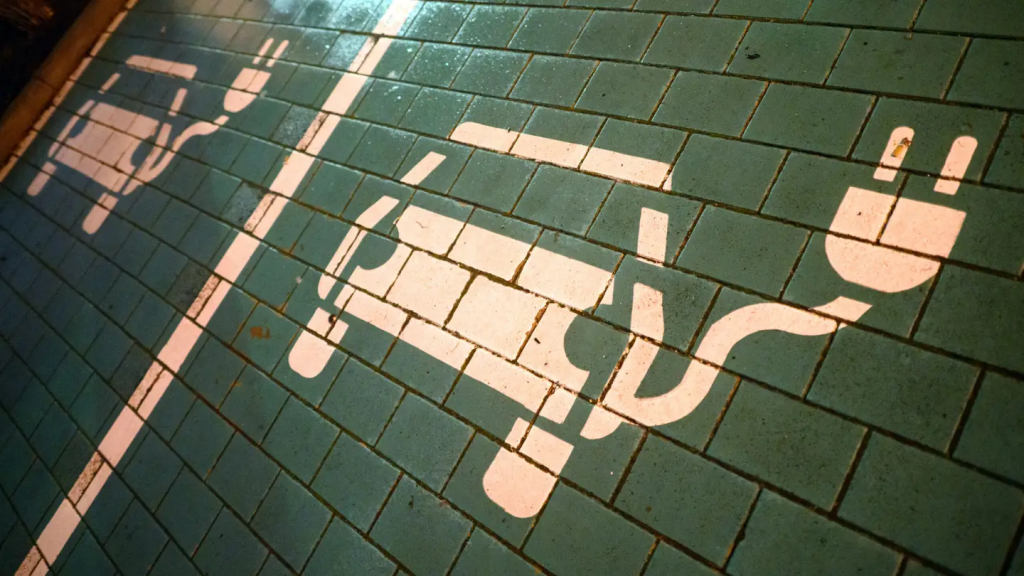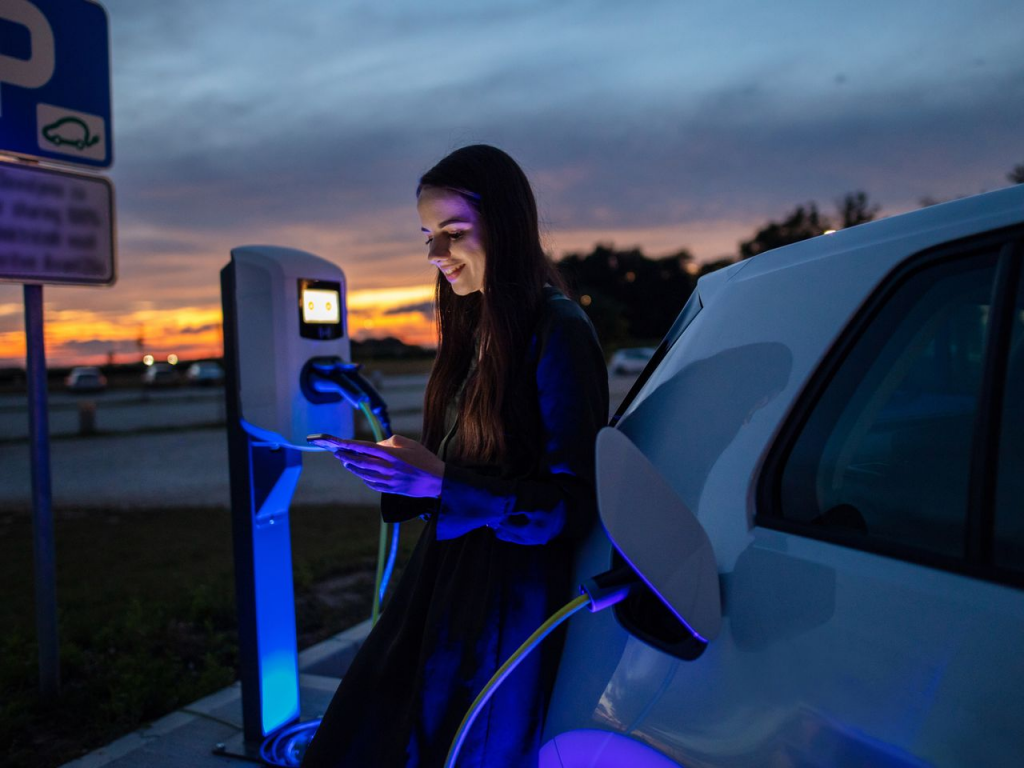According to a new study at the University of Michigan, most US households would want to save money on transportation costs by switching to an electric car.
The study concluded that approximately 90% of U.S. households could reduce the percentage of their income spent on transportation by driving an EV. This will also reduce the emission of greenhouse gases created by fuel-burning cars. The study estimates that households in some locations could save $600 every year or more and cut their carbon footprint by 4.1 metric tons each year.

Map of percentage change in transportation energy burden from current on-road vehicle stock to a new battery-electric vehicle. Negative percentages suggest energy cost savings for EVs compared to gasoline-powered vehicles. Areas with the greatest savings featured the West Coast states and parts of the East and South. Transportation energy burden is the percentage of household income spent on fueling with gasoline or charging with electricity. (Univerisity of Michigan)
On the contrary, low-income families and people in states with especially high energy costs, Hawaii and Alaska, would not save money by switching to an EV.

“We identified disparities that will require targeted policies to promote energy justice in lower-income communities—including the subsidizing of charging infrastructure—as well as strategies to reduce electricity costs and increase the availability of low-carbon transportation modes such as public transit, bicycling, and car sharing,” Jesse Vega-Perkins, the study’s lead author, said in a statement.
“Our results confirm the potential for widespread benefits from EV adoption,” study author Joshua Newell said in a statement. “However, EV ownership in the U.S. has thus far been dominated by households with higher incomes and education levels, leaving the most vulnerable populations behind. Policy interventions are needed to increase EV accessibility so that all Americans can benefit from the EV transition.”


